Soap is a chameleon; it can be a cosmetic or something else, depending on what it is made of, what it’s used for, and what you claim it can do. In many cases, it is the CLAIM that determines what the product is, and that in turn determines which REGULATIONS or LAWS apply.
Soap Can Be a Cosmetic
Cosmetics are products that are applied to the human body to cleanse, alter the appearance, beautify, or make more attractive. Soaps most often fall into this category, although soap can be exempt from the definition of a cosmetic IF:
- It is primarily the alkali salt of fatty acids (made with lye and oils), AND
- The cleansing action comes from the lye and oils (no added detergents), AND
- It is marketed and sold only as “soap” (only claims to clean).
Melt and pour soap base may or may not meet the exemption criteria depending on what its composition. See Melt & Pour Soap: Soap or Cosmetic? Soap made with synthetic detergents (“syndets”) does not meet the exemption criteria (regardless of the fact that they are called “soap”).
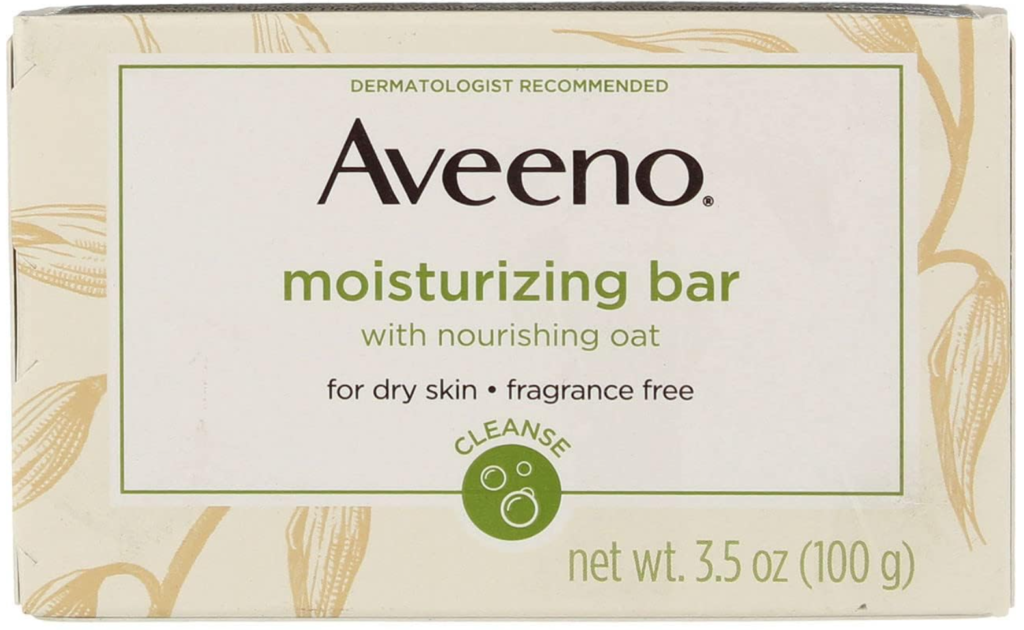
The claims you make for the soap determine if it is a cosmetic. “Moisturizing” and “exfoliating” are common cosmetic claims for soap. Cosmetics don’t alter the function or structure of the body, they don’t cure or prevent anything. They only make you clean and/or pretty(ier).
If you make cosmetic claims, it doesn’t matter what the soap is made of—it’s automatically a cosmetic.
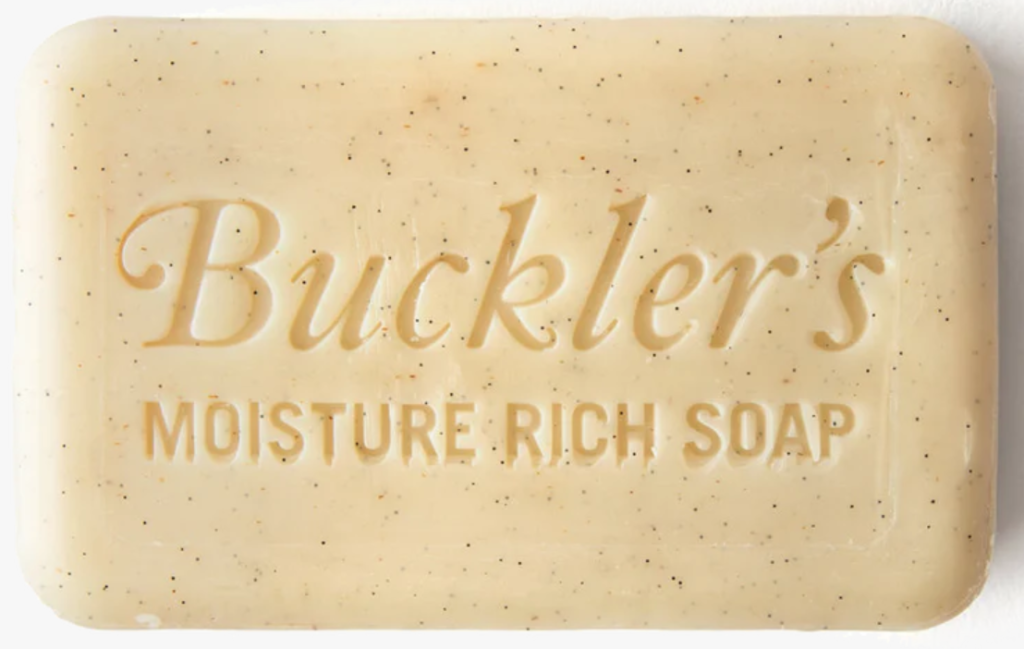
Cosmetic manufacturers that meet the definition of a small business don’t require federal registration. Some states DO require cosmetic manufacturers to register.
Cosmetics and cosmetic labeling are regulated by the FDA.
Soap Can Be a General Consumer Product
Soap can be a general consumer product (like toilet paper, tissues, or floor polish).
If it is applied to the human body but it meets the exemption from a cosmetic (above), then it’s a general consumer product.
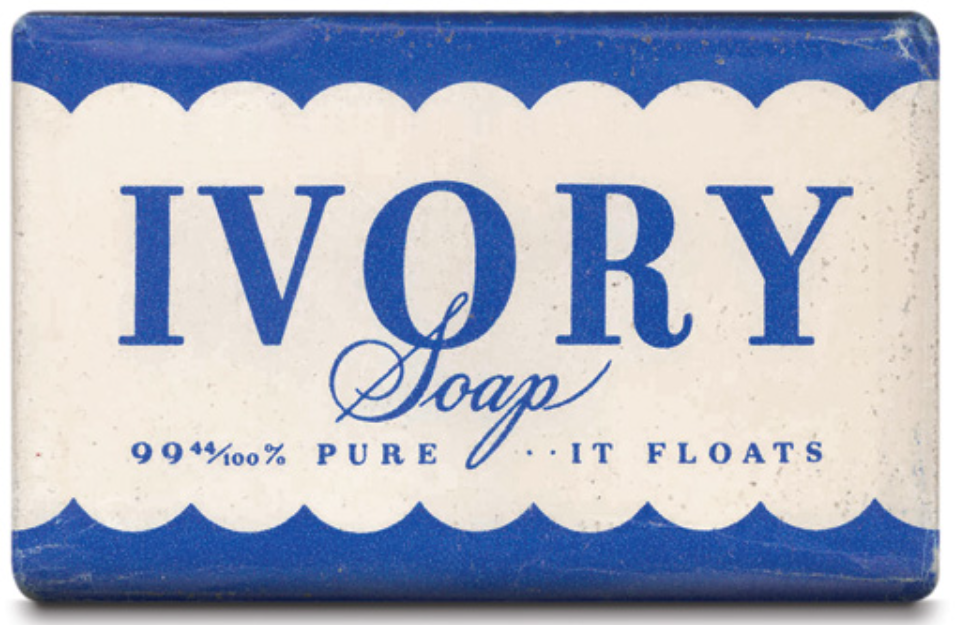
If it’s not applied to the human body (laundry soap, dish soap, dog shampoo), then it’s a general consumer product.
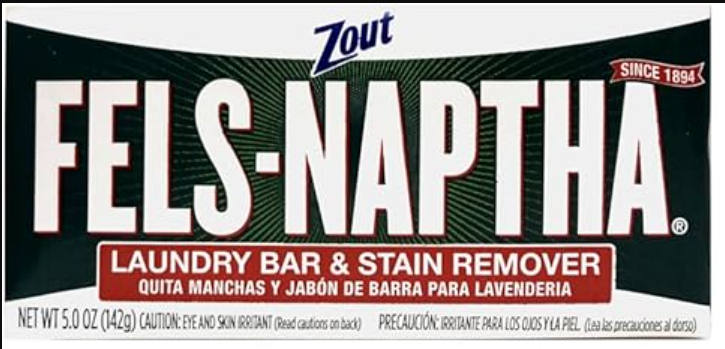
General consumer products do have label requirements which are regulated by the Federal Trade Commission.
Soap Can Be a Drug
Drugs are products that heal, treat, mitigate or prevent disease, or that alter the function or structure of the body. for more details.
If you make claims that the soap (or any of the ingredients in it) is intended to treat physical issues it becomes a drug. Treating acne, reducing pore size, alleviating itchy skin—these are all intended uses that would cause the soap to be a drug. Most of the time when you see a soap that touts to treat acne (other than is anti-bacterial) it is an over-the-counter drug.
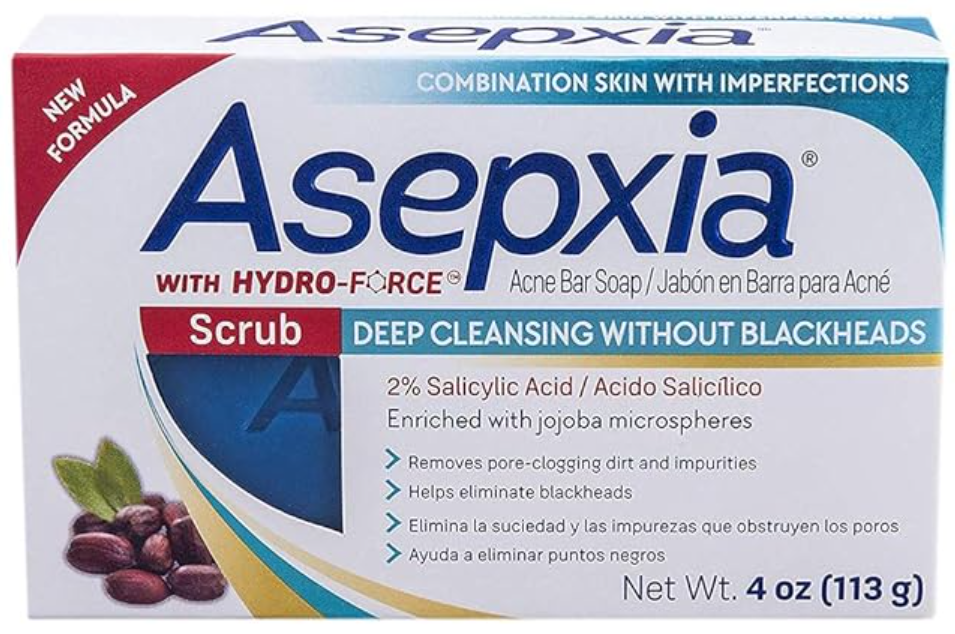
All drugs must be pre-approved before they can be marketed, either by going through the New Drug Approval Process or by meeting the standards and requirements of an over-the-counter drug. All drugs must be manufactuered in an FDA inspected and registered drug manufacturing facility.
Drugs are regulated by the FDA and have specific label label requirements depending on the active ingredients and the claims made. It’s interesting that when I was looking for a picture to put here as an example, the MAJORITY of the “acne soap” images that come up at Google were not in compliance with the FDA regulations covering acne soap (and many probably weren’t made in a drug-approved manufacturing facility.)
Soap can be a Pesticide
Pesticides are products that repel or kill pests. A bug repellent is a pesticide.
If you make claims that your soap will repel bugs, then it becomes a pesticide.
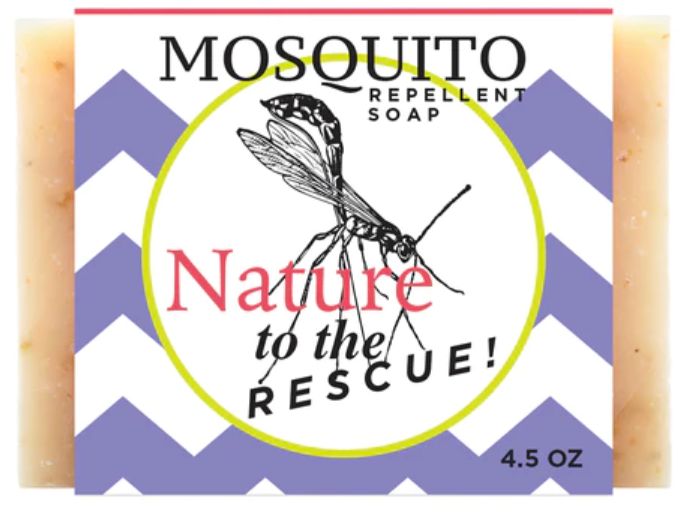
Generally, all pesticides must go through a testing and approval process to ensure they are safe. There is an exemption for minimum risk pesticides but they may only use a limited number of pre-approved minimum-risk active ingredients (like citronella) that are on the pre-approved list.
Pesticides are regulated by the Environmental Protection Agency (EPA). Pesticides (even minimum risk pesticides) require additional label information. Note that none of the bug repellent soaps I found through a Google search were correctly labeled as pesticides in compliance with the EPA regulations (for minimum risk pesticides or otherwise).
In Summary
When you are making and selling soap, be aware of what you say about it, because what you SAY can determine what it IS … and that in turn determines which regulations apply.

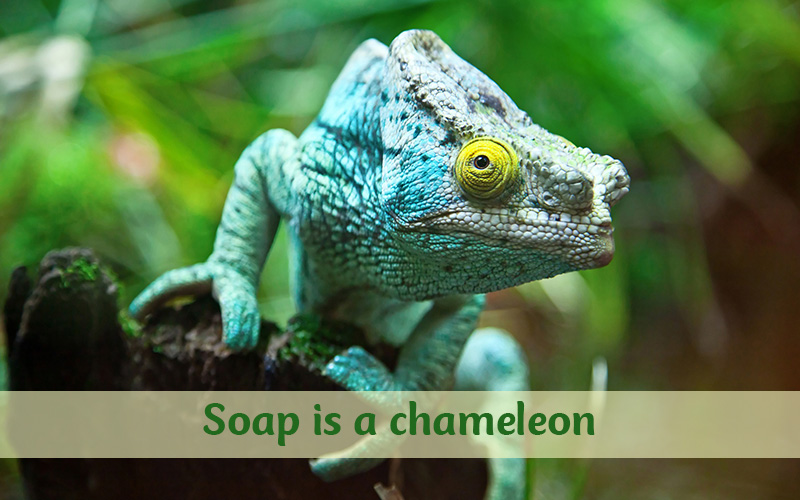
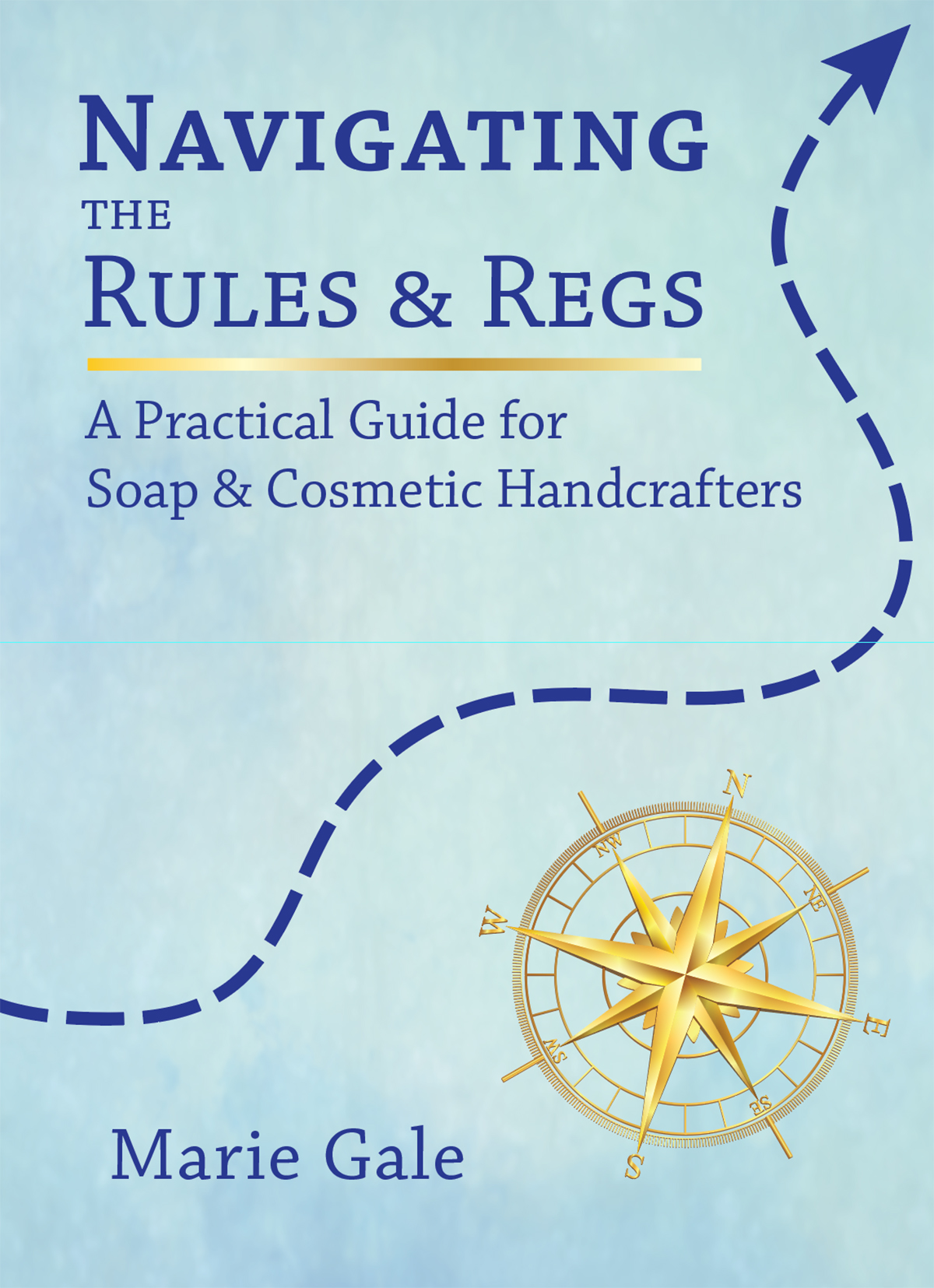
Leave a Reply